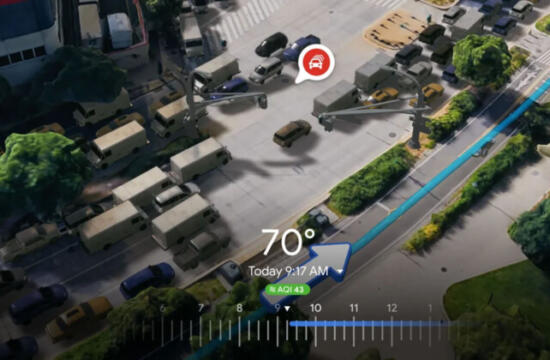In the rapidly evolving landscape of technology, where innovation and progress are celebrated, there exists a less-discussed facet of the digital era—the emergence of IT slums. Contrary to the glittering skyscrapers housing cutting-edge tech companies, these virtual slums are spaces where individuals and communities find themselves marginalized and left behind in the digital race.
The Rise of IT Slums:
Just as urban slums are born out of economic disparities and social inequalities, IT slums emerge from the digital divide that separates the tech-savvy from the technologically marginalized. In an era where information is power, those left behind in the race for digital literacy find themselves relegated to these virtual ghettos.
The Digital Divide:
The term “digital divide” has been circulating for years, highlighting the gap between those with access to modern information and communication technology and those without. However, the concept has taken a new form with the rise of IT slums. Unlike physical slums, these are virtual spaces where individuals lack the resources, skills, or opportunities to thrive in the digital world.
The Components of IT Slums:
- Limited Connectivity: In the heart of IT slums, connectivity is a rare luxury. While urban centers boast high-speed internet and seamless connectivity, many areas, both rural and urban, are left grappling with slow and unreliable internet connections. This hampers the residents’ ability to access educational resources, job opportunities, and essential services.
- Outdated Hardware and Software: Just as physical slums often house dilapidated structures, IT slums are characterized by outdated hardware and software. Old computers, incompatible software versions, and obsolete devices contribute to a technological underclass unable to keep pace with the ever-evolving digital landscape.
- Lack of Digital Literacy: Digital literacy is the passport to success in the modern world. Unfortunately, in IT slums, there is a glaring lack of basic digital skills. The absence of education on how to use technology effectively leaves residents at a significant disadvantage, hindering their ability to participate in the global digital economy.
- Limited Access to Information: Information is power, but in IT slums, the residents are often deprived of this power. Restricted access to quality information and educational resources exacerbates existing inequalities, making it difficult for individuals to break the cycle of poverty.
The Consequences:
The consequences of the existence of IT slums are far-reaching. Beyond the immediate impact on individuals, these virtual spaces perpetuate social and economic inequalities. Those residing in IT slums face barriers in accessing education, employment, healthcare, and even basic civic services. This perpetuates a cycle of poverty that becomes increasingly difficult to break.
Moreover, the digital divide hampers the overall progress of society. It creates a scenario where a significant portion of the population is left behind, unable to contribute meaningfully to the advancements of the digital age. This not only stunts individual potential but also limits the collective potential of society as a whole.
Addressing the Issue:
To combat the rise of IT slums, concerted efforts are needed from governments, businesses, and communities. Initiatives to improve digital infrastructure, provide affordable access to technology, and offer comprehensive digital literacy programs are crucial. Additionally, there is a need for policies that promote inclusivity and bridge the gap between the technology haves and have-nots.
Conclusion:
As we marvel at the technological wonders of the 21st century, it is essential to remember that progress is only meaningful when it is inclusive. The rise of IT slums serves as a stark reminder that the benefits of the digital age should reach everyone, not just a privileged few. It is a call to action for a more equitable distribution of opportunities, resources, and knowledge in the digital landscape. Only then can we truly claim to be living in an era of progress for all.











